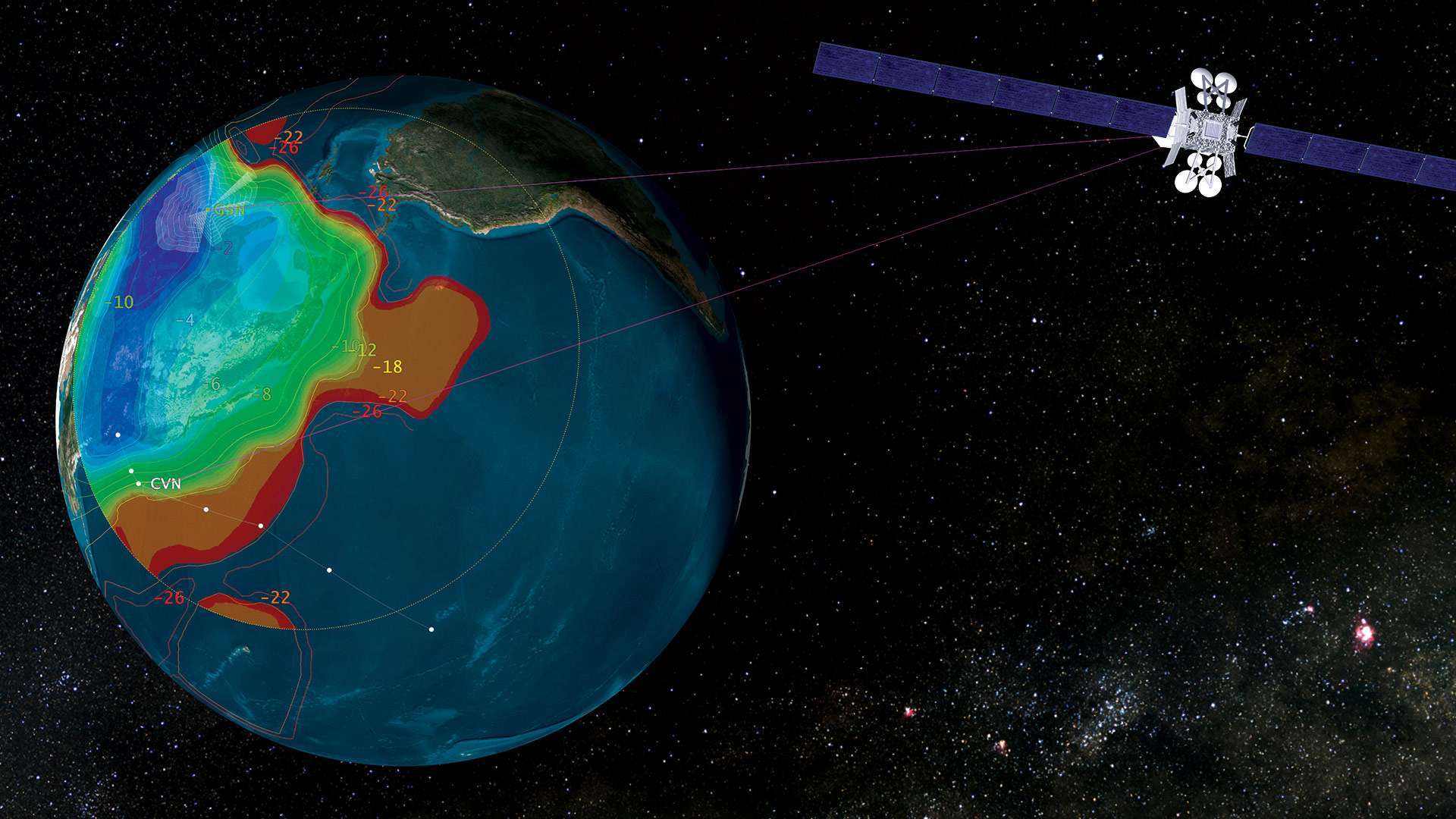Space Communication - What You Need to Know
Modern space communication is highly complex. Communicating to and from space requires advanced technology, and the capability to overcome various obstacles. However, the basic concept of space communication is the same as on Earth. It involves a transmitter and a receiver.
With growing demands on space communication, scientists and mission planners are constantly stretching and testing this concept.
One of the methods for testing the feasibility and reliability of space communication is through powerful simulation tools.
What is Space Communication?
Space communication is the exchange of data that astronauts onboard space stations and on space missions carry out with their Earth-bound mission centres. Naturally, communication over great distances measuring hundreds of kilometres makes transmitted signals very weak.
The orbiting distance of the International Space Station above the earth’s surface is 400km, for example. It can take up to 24 minutes for a signal to travel between the Earth and Mars.
Because of the constraints of space onboard spacecraft and space stations, much of the heavy lifting regarding communications technology must take place on the ground. This is like a complex, scaled-up equivalent of setting up your home for wi-fi.
Let’s look at some of the key challenges of space communications alongside the technologies and capabilities space agencies uses to overcome them.
- Ground Communications Networks
An extensive network of globally situated antennas ensures that spacecraft can communicate with the earth.
Ground station antenna range from small instruments running at very high frequencies to huge antennas that communicate with deep space missions. Planning the architecture and placement of these antennas is critical for the success of space communication.
One way of planning future communication needs is to gather data from existing deep-space antennas and from space missions.
- Relay Satellites
Data relay satellites act like halfway houses between spacecraft and the Earth. They offer an alternative to direct-to-Earth communications. For example, tracking and data relay satellites (TDRS) transmit data from the International Space Station to ground stations located in Mexico and Guam. Using relay satellites means that spacecraft and space stations can transmit data continuously while orbiting because they’re not reliant on being close to a ground station to do this. Essentially, this method offers global communications coverage.
- Bandwidths and Data
Bandwidth is the amount of data you can transfer from one point to another within a specified time.
In space, radio waves are the main basis for communications, but this restricts the potential bandwidths that space communication can use. Consequently, NASA and ESA, the European Space Agency, are looking at alternatives.
One of these is the use of klystrons, which are microwave vacuum tubes. Klystrons use the kinetic energy of electron beams to amplify high-frequency signals. Another is the use of infrared lasers in optical terminals.
The aim is to increase the available bandwidth for space communication, enabling higher data rates. Other constraints on data include the distances between transmitters and receivers, the available power and the size of the antenna involved.
- Latency Issues
Like bandwidth, latency is another communications challenge that domestic wi-fi users are familiar with. It’s the time it takes for data to pass from one point to another.
The distance between space and Earth makes latency an integral obstacle to efficient communications. There is a universal speed limit that applies. This is the speed of light, around 186,000 miles or 299,792,458 metres per second. This time delay doesn't affect satellites or spacecraft closer to the Earth, but it does impact missions that are further afield.
For example, the closest approach to Mars is around 35 million miles from the Earth, giving a time delay of about four minutes. Planets further away can have time delays of up to 24 minutes. Therefore, if you were communicating from a deep space mission, you would have to wait for this amount of time for your message to reach mission control. You would then need to wait for the same time again to receive a response.
- Data Quality and Interference
Space communication typically involves data travelling across huge distances or through the Earth’s atmosphere. Either of these factors can cause interference, causing the deterioration of data and making messages sound garbled and incoherent.
Radiation is another cause of interference affecting data quality. This can come from the Sun or from other missions. Therefore, NASA and other space agencies use various computer algorithms to detect and correct communication errors. These algorithms can help to interpret noisy transmissions, transforming them into data that’s readable and usable.
Managing Space Communication
Management of space communication involves two broad sets of tasks: looking after current spacecraft and finding ways to improve communications for future missions. Systems require ongoing testing and refinement, while space agencies are also working to develop new capabilities. Therefore, there needs to be cost-effective testing methods for space communication. These include modelling and simulation.
ST Engineering Antycip offers dedicated and specialist modelling and simulation tools and platforms for space communication.
For more details, please contact us.




















